In partnership with The Global Goals for #BlueToDo, an initiative raising awareness of the importance of a healthy ocean, Arts Help will publish a series of interviews highlighting artists that combine their creative minds with their passion for the United Nations Sustainable Development Goal of Life Below Water.
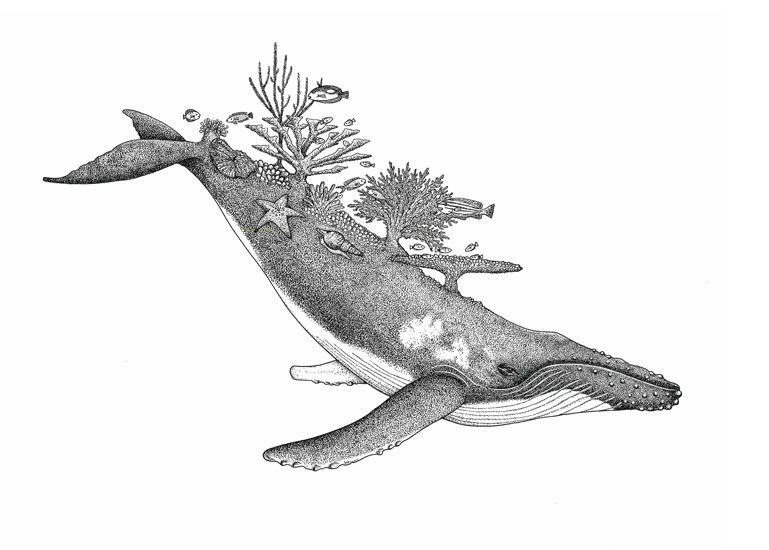
Loreto Vila, a biologist and divemaster from Madrid, Spain, had been travelling around the world for years participating in conservation projects as well as working as a diving instructor. When the COVID-19 pandemic hit, she used her newfound spare time to pursue her lifelong passion for drawing. Missing the richness of the underwater world, she attempted to recreate it through ink and paper, and what started as a hobby became her new full-time job as an artist.
See how Vila uses her artworks to convey the beauty and wonders of the ocean, as well as to raise awareness of the urgent need to protect it.
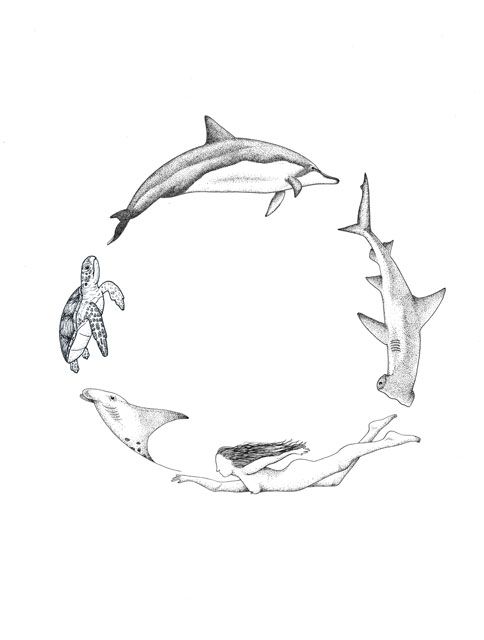
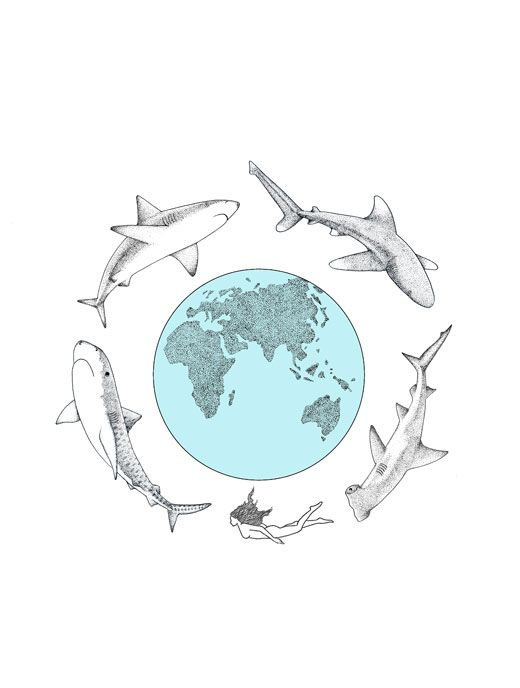
First, can you tell us a bit about yourself?
I’m from Madrid, Spain and I’ve loved the sea ever since I was a little girl. In the summer, we would always take a vacation at the sea and no one could pull me out of the water. I would see the seashells in the sand, pick them up and wonder what animals these came from. It was a curiosity that grew with age, so I decided to study Biology.
I’ve worked on conservation projects, mostly for sea turtles, in the Bahamas and Costa Rica. Then I started diving, for fun at first and then professionally, working as a divemaster in the Dominican Republic and Playa del Carmen, Mexico. I really liked being around people, especially when they were diving for the first time and saw the richness of life below the water. They would be amazed and felt compelled to protect it—that was very moving for me.
I stopped working when Covid started. I was used to diving every day, being all day in the water, and when it suddenly stopped I felt like I was missing something. I’ve always been very artistic. I already drew in my free time, but when Covid happened I had a lot of time and I started drawing more. I created an Instagram account for my drawings but it was more of a hobby. When I saw that people really liked them, I started selling the originals as well as prints, and that’s what I’ve been doing since.
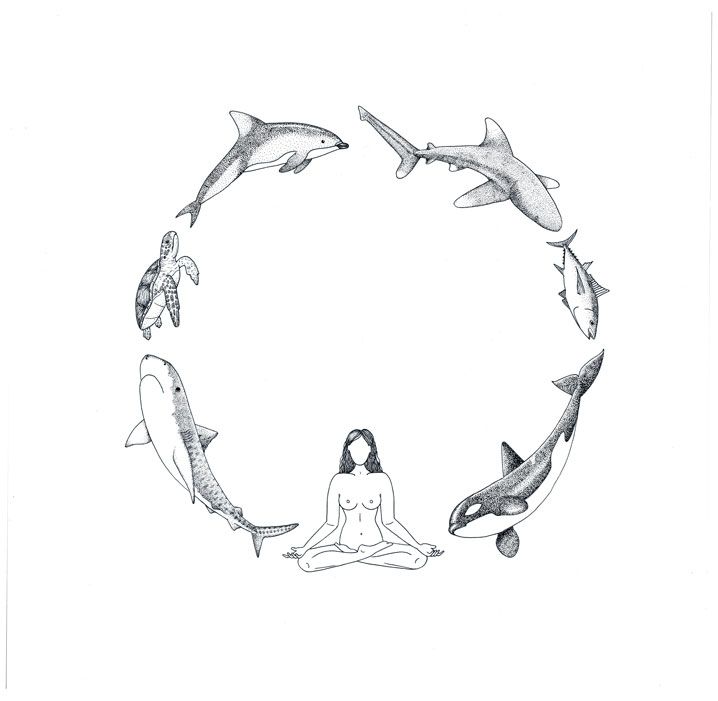
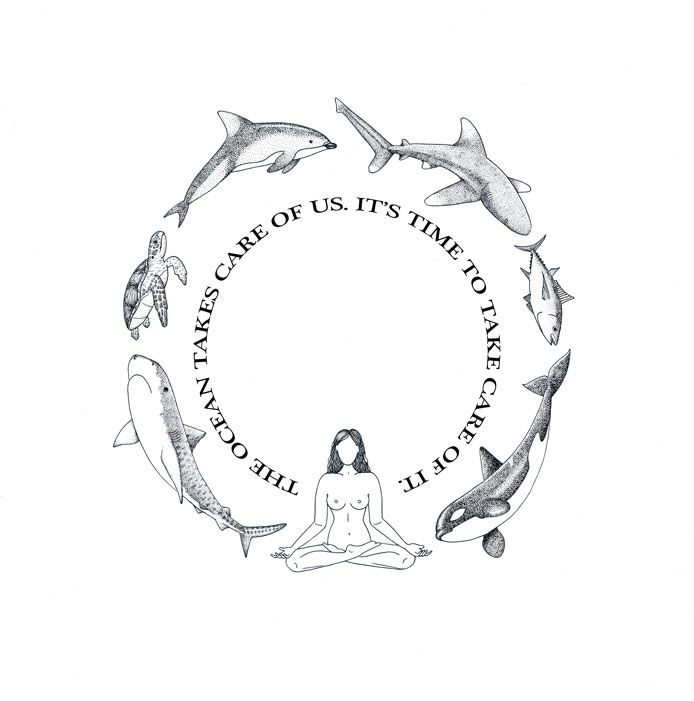
How did you get started with drawing?
I started drawing since I was a little girl. I drew what was around me, whatever I saw, it could be the house in front of ours, the trees, or the cartoons I was watching. My parents took my sister and me to an art academy once a week. When it was time to go to university, I actually hesitated between Biology and Fine Arts so that I could continue drawing.
At first it was more paintings—watercolours and oil paintings— than drawings. They were more colourful than the illustrations I do now which are with black ink, very detailed, alike to pointillism, a technique that was entirely self-taught. I was inspired by the world of tattoos, which are done with a very fine needle and black ink, so I use pens with very fine tips and different widths. I started [drawing] before the pandemic, around 2018, on the weekends when I had time and I started improving my technique. When Covid hit, I started drawing daily and I improved a lot.
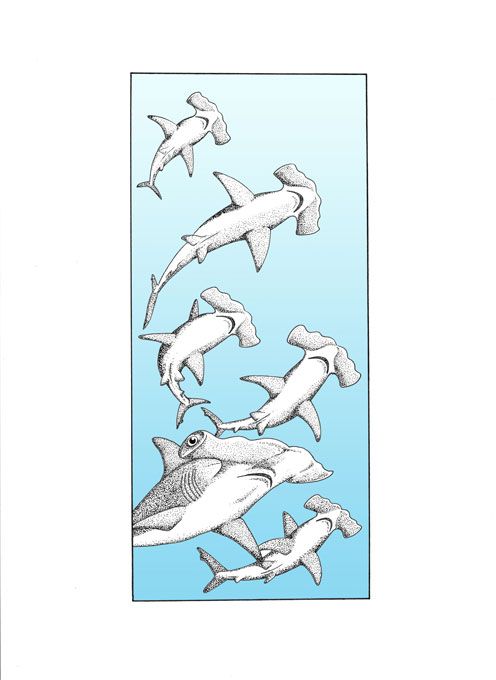
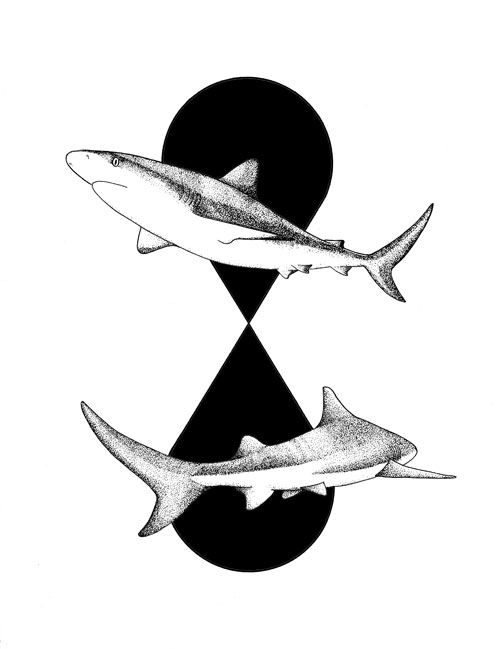
It looks like sharks may be your favourite marine animal to draw. Why is that?
Yes, sharks as well as humpback whales, those are the animals I draw the most. With sharks, I like that it’s a very diverse group, I can draw different species—I’ve only drawn a few from the 500 species. I really enjoy drawing them because sometimes people think of sharks and they imagine the great white shark they saw at a museum or the cages. They say, “It’s so dangerous!”. When I tell them I’ve dived with sharks without a cage they say, “Are you crazy?”, but actually sharks are not killers, that is just from the movies. In fact, a lot of times they flee from us. You could say that they fear us more than we fear them, and we’re more dangerous to them because sadly they’re still being killed for the shark fin trade.
Last year, there was a big campaign in Europe, Stop Finning, that demanded the European Union to ban shark fin trade, so I donated many of my illustrations to get votes and it was very successful. So that’s why I like to draw them, because I’ve seen them underwater and they’re nothing like what people imagine.
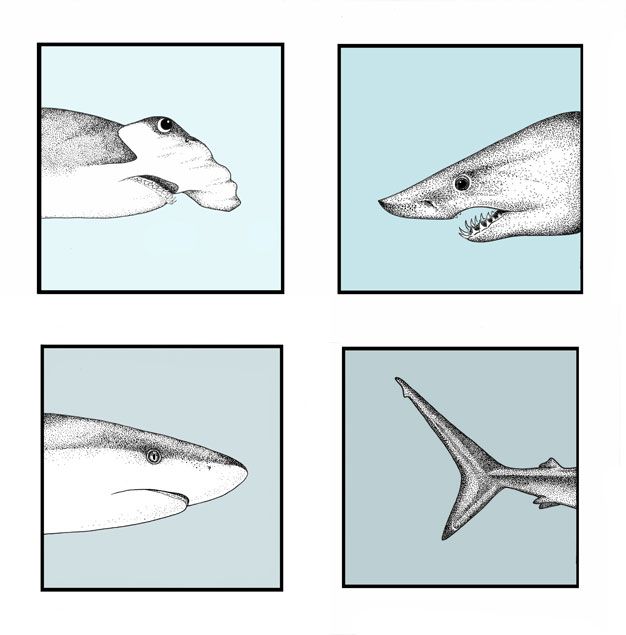
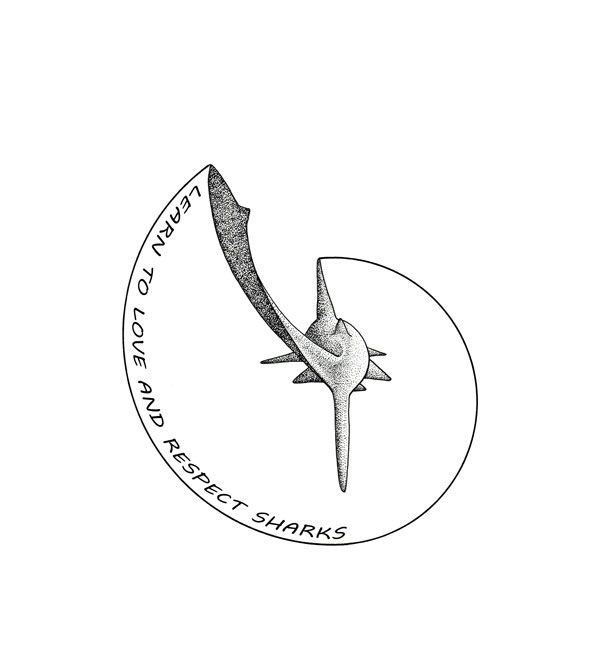
Like you mentioned, you’ve volunteered at campaigns and events such as Stop Finning and Sea Shepherd. Can you talk about why that is important to you?
It has to do a bit with my experience, my background in Biology and actively working on conservation projects. Although it was with a different species, sea turtles, the impact we had was very visual. It made me feel very good about myself, to know that I’m doing something important for this species and for the sea in general. A part of me misses that.
When I worked as a dive instructor in the Dominican Republic for two and a half years, we would take the clients diving from Monday to Friday, and on Saturdays we would do a special dive with volunteers for a coral restauration project. We cleaned the structures where we had planted pieces of coral so they wouldn’t get filled with seaweed and they could grow. Then we trained people from the town who didn’t even know how to swim, so they were able to dive, see how they look, and they would spread the voice to the fishermen so they didn’t go fishing there. The involvement of the town was great.
Now that I’m in Madrid I do what I can, so when someone from Stop Finning called me and told me they needed more people for the stand I said I would be delighted. I went as a volunteer and it was something very gratifying for me.
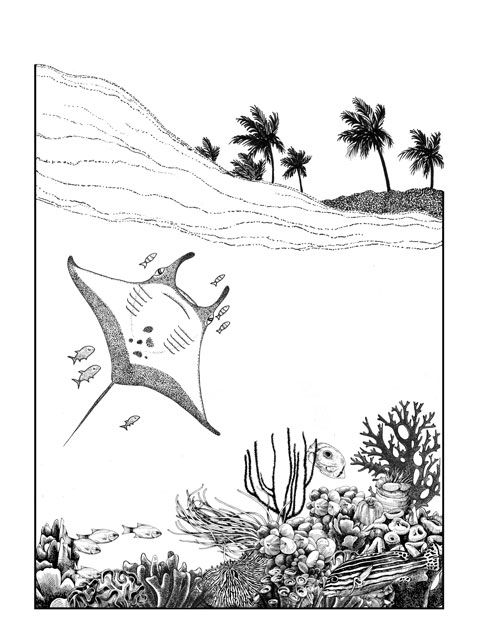
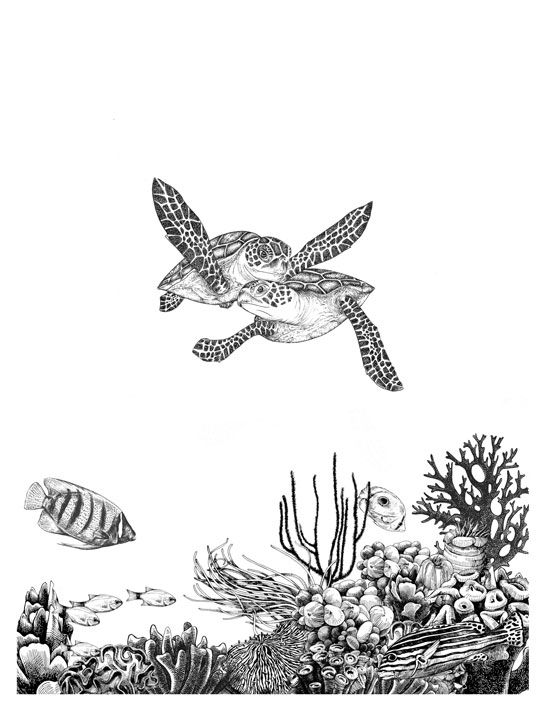
Why do you think people should learn and care more about life below water?
The sea has a “disadvantage” if you will, and that is that we cannot see it. Most people don’t go underwater and don’t see what is below. People might be more conscious about forests, for example, but they might not have seen for themselves the effect we can have on the sea. For example, how sunscreen damages corals and whitens them—if you haven’t seen it and people don’t tell you about it, then you don’t know.
It’s a lack of awareness more than anything else, so any knowledge that can be provided to the public I find very important. I’ve seen it when we took people diving who had never been underwater—how their eyes would light up and they felt mesmerized and compelled to protect it, something changed in them. I’ve seen that up close, so I say, well, maybe through art we can do the same, to convey this message of the beauty of the ocean and why it’s important to protect it.
Follow Loreto Vila on her Instagram and visit her shop here.
